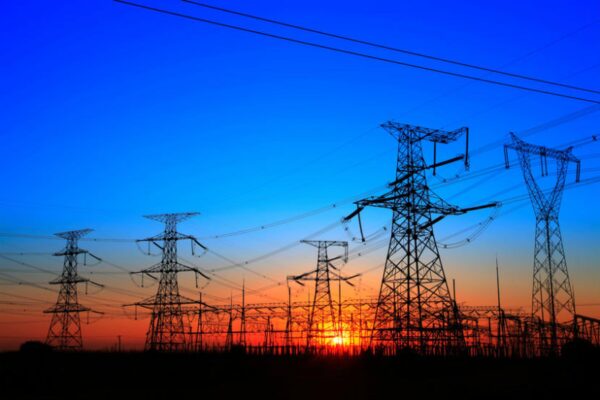The winter power outage of 2021 cost lives, caused hardship and taxed Texas resources. Now we’re in a summer that has already produced record heat in the Pacific Northwest. Texans could face a summer power failure on the heels of the winter failure.
New laws have just been adopted to avoid failure again. But is the problem solved? Not yet.
By analogy, if you teach your preschool daughter not to hit others on the playground, you are a good parent. But you know you are going to have to do much more good parenting in the years to come.
Similarly, with both the electric grid technology and the weather changing, today’s fixes are OK for today, but more will be needed.
The Legislature took a good first step. Lawmakers ignored pundits who filled the airwaves with theories about major flaws. They focused on the problem that occurred by mandating enhanced weatherization to reduce failure in extreme weather.
Now we need to shift our attention to the Public Utility Commission of Texas (PUCT). We count on it to do the day-to-day “parenting” of the system.
The June scare about power shortages shows the importance of the commission. It can get to the root cause so the problem can be fixed.
We have to fix things ourselves because those who do not pay the bills can always suggest more spending. For example, the U.S. Energy Information Administration in June predicted the lowest summer electricity consumption nationally since 2009. Last summer, Texas had a cushion of electricity generation capability of 12.9% and no serious problems. This year, it has increased to 15.3%. But the Energy Information Administration listed Texas a being at an elevated risk because the summer heat might be much worse than anticipated. But they did not suggest what a good cushion might be — they comment, not help.
Pundits are advocating for even greater changes. The most common include market restructuring and more electrical ties to neighboring states.
Years ago, the Texas Legislature established a market structure to implement the state’s regulatory goals. It worked. But the record cold highlighted some shortcomings. Consequently, continuous improvement is more appropriate than restructuring. The PUCT should stimulate further analysis and propose additional incremental improvements.
To many, Texas having its own grid implies vulnerability. The Texas grid has worked well because, first, Texas is the largest producer and user of energy in the U.S. Second, the combination of the top five Texas cities has a larger population than 35 states. So, the Texas geographical size, population and energy production make it the most likely state to succeed with its own grid.
Increasingly cost-effective small generators can power a house, a neighborhood, or a critical load like a hospital or fire station. So, towns can decide whether it is more cost-effective to provide critical loads with backup power than to strengthen the entire grid.
If all critical loads had their own backups during February’s winter storm, short-term rolling blackouts could have occurred. Moreover, for those with backup, the short-term blackouts would have been insignificant.
As we electrify more vehicles, more of us will have convenient backup power in our driveway. These changes require the PUCT to take a broad view of the changing technical environment, meaning the commission needs to develop computer-based planning models of the Texas grid to predict the pros and cons of the emerging technologies and use the results to tweak the market structure so Texas gets lower-cost reliable electricity. This approach is used in Formula One car design, and we have the computer power to apply it to our grid. Texas does not have to guess what will happen if it uses a model to avoid problems.
As voters, we need to continue parenting the political system. Our politically structured power system can adapt to the changing electric grid technology and weather. Success requires that access to affordable reliable energy remains a political priority. And that is up to us.
Robert Hebner is the director of the Center for Electromechanics at The University of Texas at Austin.
A version of this op-ed appeared in the Dallas Morning News, Austin American-Statesman, San Antonio Express News, Waco Tribune Herald , Amarillo Globe News, and the Lubbock Avalanche-Journal.




